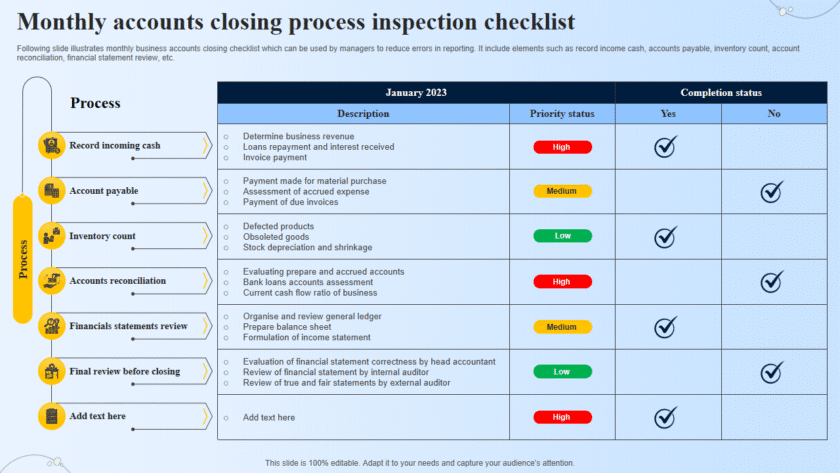Social Engineering Attacks and How to Avoid Them
When hackers can’t break through your firewalls or passwords, they target something even more vulnerable — human trust.
This is called Social Engineering, and it’s one of the most effective tricks cybercriminals use to steal data, money, or system access.
🔹 1. What Is Social Engineering?
Social engineering is the act of manipulating people into revealing confidential information or performing actions that compromise security.
Instead of using code, hackers use psychological manipulation — they exploit emotions like fear, curiosity, urgency, or greed.
🧠 In short: They hack people, not systems.
🔹 2. How Social Engineering Works
A typical social engineering attack follows these steps:
- Research:
- The attacker gathers information about the target (e.g., name, job title, contacts, habits).
- Engagement:
- They contact the victim through email, phone, or social media — pretending to be someone trustworthy.
- Exploitation:
- The victim is persuaded to click a malicious link, give login details, or install software.
- Execution:
- The attacker uses the information or access gained to steal money, data, or spread malware.
🔹 3. Common Types of Social Engineering Attacks
📧 1. Phishing
The attacker sends fake emails or messages that look like they’re from legitimate companies (e.g., your bank or PayPal).
- Often includes urgent messages like “Your account has been suspended!”
- The goal: make you click a malicious link or enter your password.
🛡️ How to avoid it:
- Check the sender’s email address carefully.
- Don’t click suspicious links.
- Type website URLs manually.
- Enable spam filters.
📱 2. Smishing (SMS Phishing)
Fake text messages pretending to be from your bank, delivery company, or telecom provider.
- Example: “Your package is held. Verify here: [malicious link].”
🛡️ How to avoid it:
- Don’t reply to unknown numbers.
- Verify the source by calling the official number.
📞 3. Vishing (Voice Phishing)
Fraudsters call pretending to be from tech support or your bank.
They might say:
“We noticed unusual activity in your account. Please confirm your PIN.”
🛡️ How to avoid it:
- Never share passwords or OTPs over the phone.
- Banks and government agencies never ask for credentials.
- Hang up and call back using the official number.
🌐 4. Pretexting
The attacker creates a fake scenario (“pretext”) to trick the victim into revealing information.
- Example: Someone pretending to be an HR officer requesting employee details.
🛡️ How to avoid it:
- Verify identities through official channels.
- Never share confidential info without proper authorization.
🎁 5. Baiting
Attackers offer something attractive — like free software, music, or giveaways — to trick users into downloading malware.
🛡️ How to avoid it:
- Avoid free downloads or USB drives from unknown sources.
- Use official app stores only.
💼 6. Tailgating (Physical Social Engineering)
When someone gains physical access to a restricted area by following an authorized employee through a door or gate.
🛡️ How to avoid it:
- Never hold the door open for strangers in secure buildings.
- Always wear and verify ID badges.
🔹 4. Signs You’re Being Targeted
Watch out for:
- Urgent or emotional language (“Act now or lose your account!”)
- Requests for sensitive info (passwords, PINs, OTPs).
- Unknown links or attachments.
- Offers that sound “too good to be true.”
- Unexpected contact from authority figures or tech support.
🔹 5. How to Protect Yourself and Your Business
✅ 1. Be Skeptical:
Always double-check the source before acting.
✅ 2. Educate Employees:
Regular training reduces the risk of falling for social engineering.
✅ 3. Use Multi-Factor Authentication (MFA):
Even if passwords are stolen, MFA blocks unauthorized access.
✅ 4. Secure Communication Channels:
Use encrypted email and verified messaging tools for sensitive info.
✅ 5. Keep Systems Updated:
Security patches prevent malware from exploiting vulnerabilities.
✅ 6. Limit Access:
Apply the Principle of Least Privilege — only authorized users should have access to critical data.
✅ 7. Encourage Reporting:
Employees should report suspicious emails, calls, or messages immediately without fear of punishment.
🔹 6. If You Fall Victim to a Social Engineering Attack
- Disconnect from the internet immediately.
- Change all passwords from a safe device.
- Run antivirus and antimalware scans.
- Inform your bank or IT administrator if financial or business data is involved.
- Report to authorities (EFCC Cybercrime Unit or Nigeria Police Cybercrime Division).
✅ Final Thoughts
Social engineering attacks succeed because they exploit trust and emotion, not just technology.
The best defense is awareness and skepticism.
“Think before you click, confirm before you trust, and always question before you share.”






